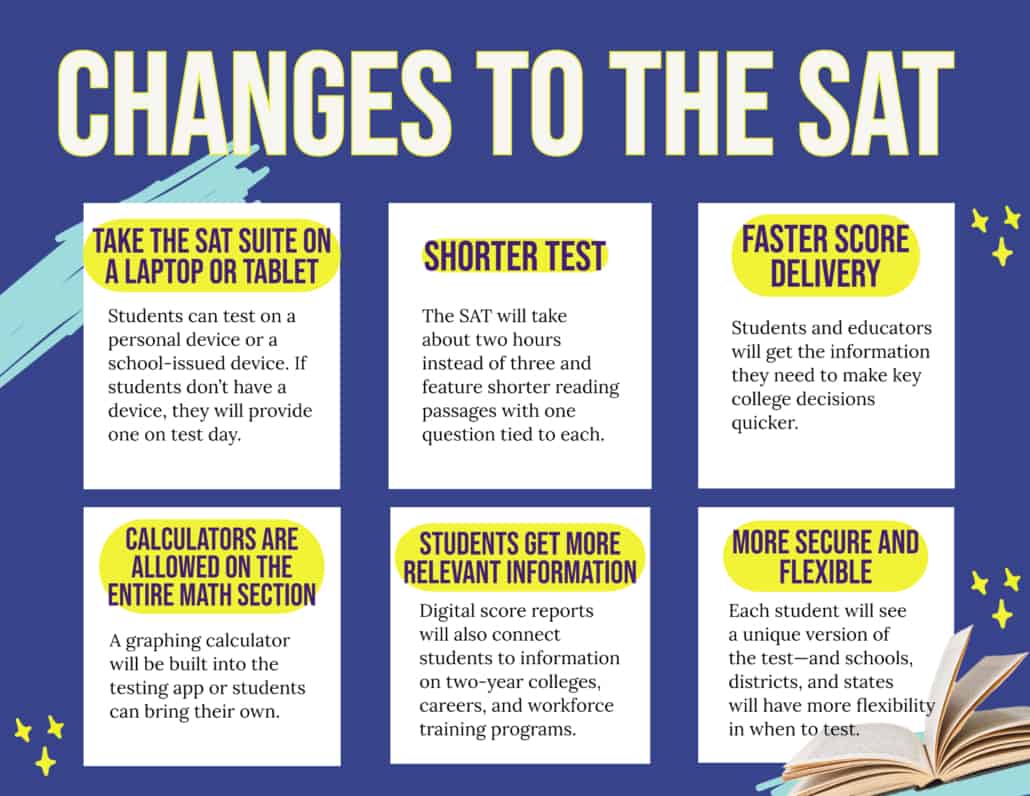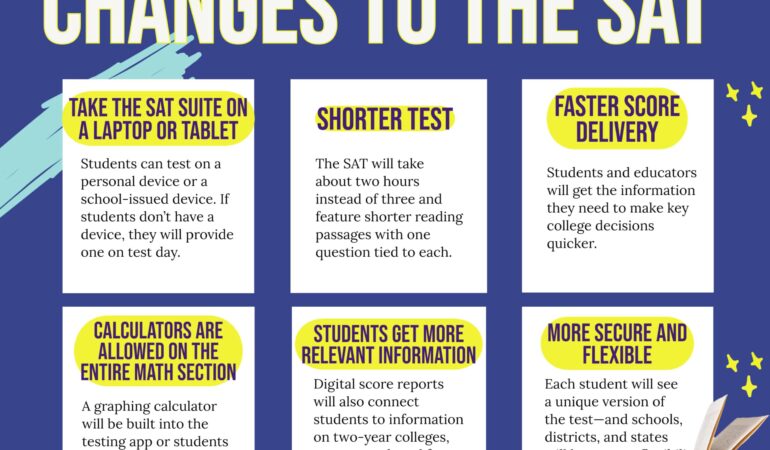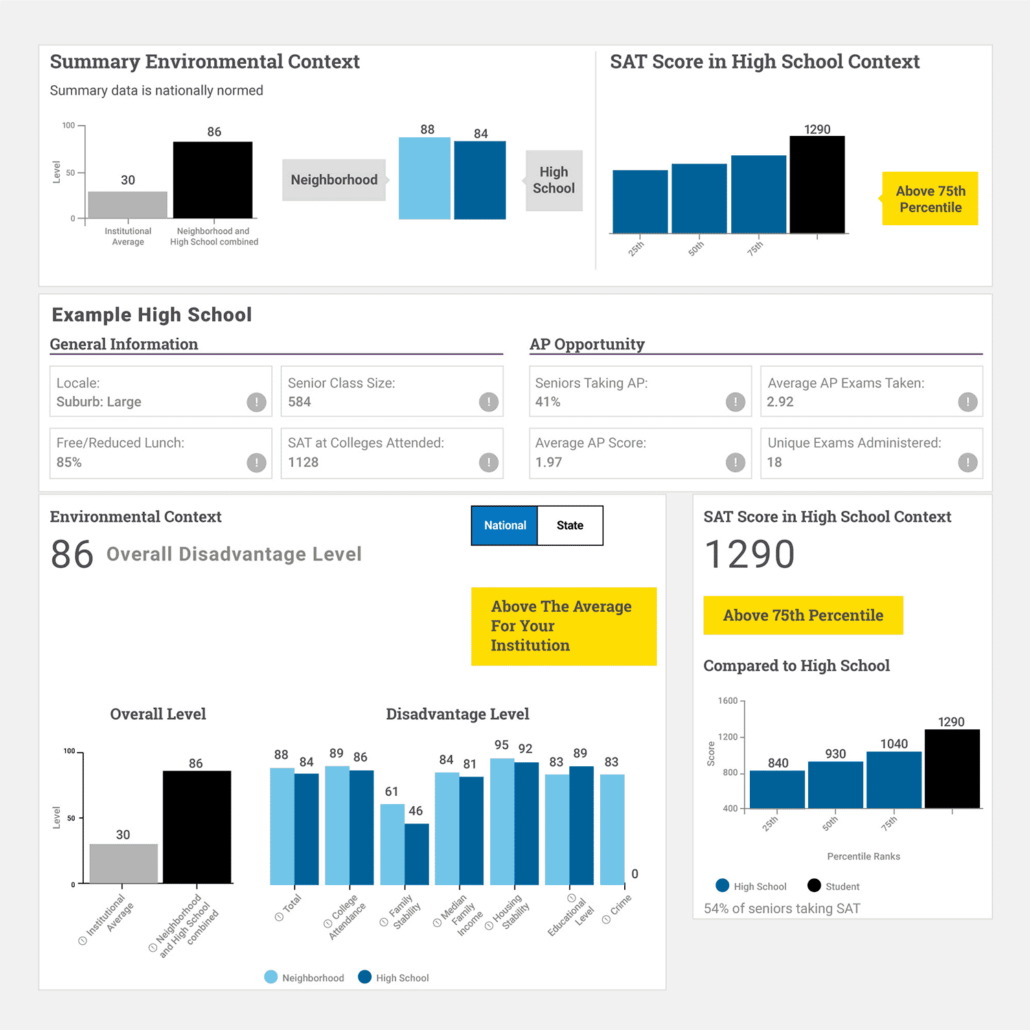Choosing the ACT, SAT or Both
This debate may be familiar to many of you. ACT? SAT? Both? Some students and families enter junior year with a perfectly clear answer to those questions, but the reasons behind those decisions may be less clear. Do any of these sound familiar?
- He’ll take the ACT, of course. He wants to attend a school in the Midwest.
- We’re an SAT family. Her older brother scored much better on the SAT.
- Of course I want to prepare for both exams!
The ACT and SAT originated in different places, for different purposes, and developed different reputations over the years. Despite the many changes to each test, some of those perceptions persist.
The SAT, originally developed by the College Board for use in admissions to elite, northeastern schools, remains more popular on the coasts than in the Midwest. The ACT came later, designed to provide an admissions test for regional and public universities that didn’t use the SAT; it is still more popular in the Midwest than the SAT.
Although these regional patterns persist regarding which test students tend to take, the initial reason for those patterns – which test your college of choice might accept – no longer holds. The final school to accept the ACT finally did so in 2007, meaning that the choice of which test to take is really up to the individual student.
So, choosing the ACT, SAT, or Both? There are differences, though, between the ACT and the SAT, that one should consider when deciding between the two exams, and they don’t have anything to do with the geographical distribution of your college list.
First, how strong are you at math? On the SAT, math counts for half of your score, while on the ACT math makes up only ¼. That’s a significant difference. Consider, also, how well you’ll fare without a calculator, as the SAT has a section that must be completed without one.
How much do you want to improve your score? Because of changes to the SAT in 2012, there is much less practice material available than for the ACT, which means fewer opportunities to practice and improve your score. If you’re looking for a significant boost, you might lean towards the ACT.
How much do you struggle with timing? The timing on the ACT is more difficult for some students. The SAT provides more time per question, which might be an asset. Taking a practice version of each will help you to know if that is the case for you.
A final consideration is that the SAT, during and since the redesign, has been a bit unstable. There have been data breaches, score delays, and debates over how the new scores stack up to the old ones.
If you know you’ll be taking an ACT through school, or (for those who haven’t already taken it) you plan to prepare for the PSAT, those factors might influence your choice as well. The goal is to prepare for only one exam.
The ACT (or SAT) is only one part of your college applications, and your college applications are only one part of your life. Preparing for both tests – or choosing the wrong one – is a recipe for doing more work than necessary and taking time away from other activities and classes that make up your high school career.
By Audrey Hazzard, Premier-Level Tutor









